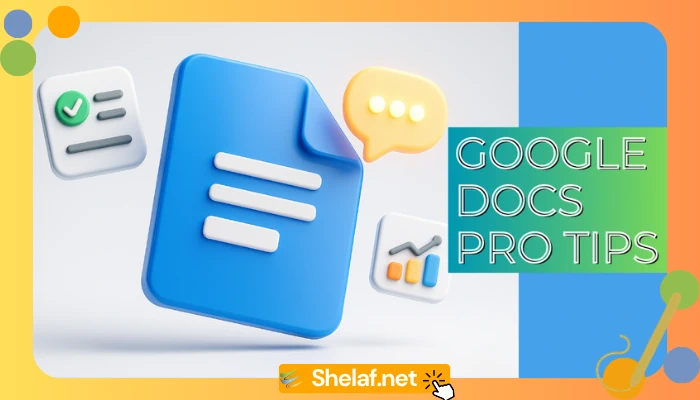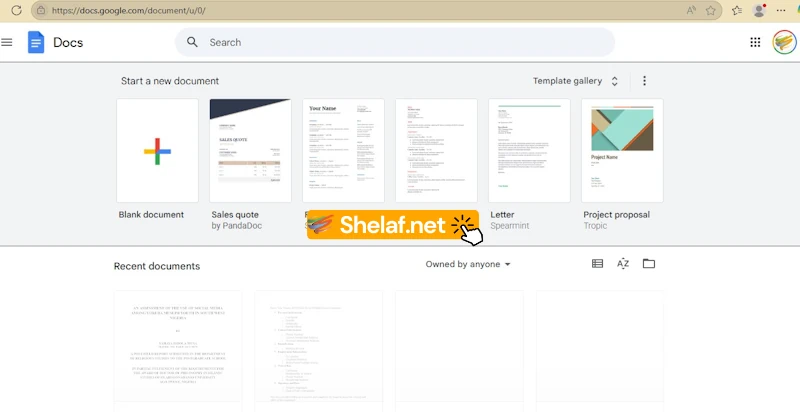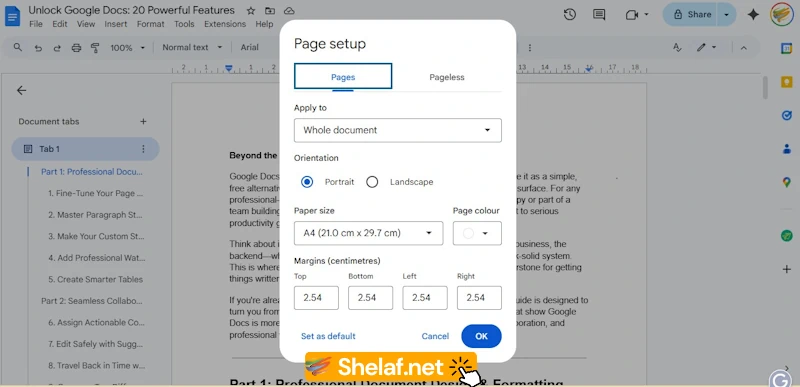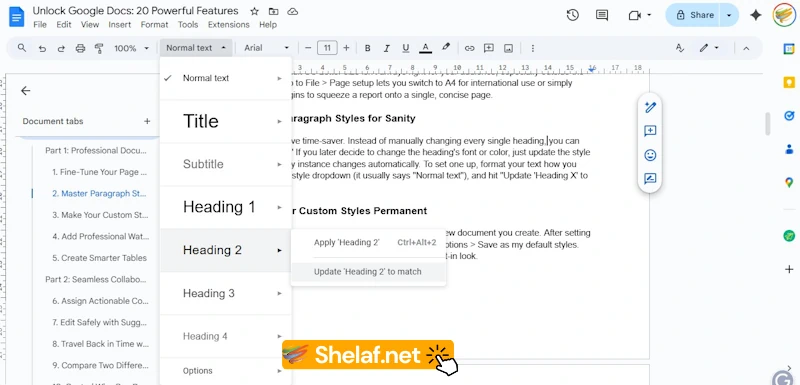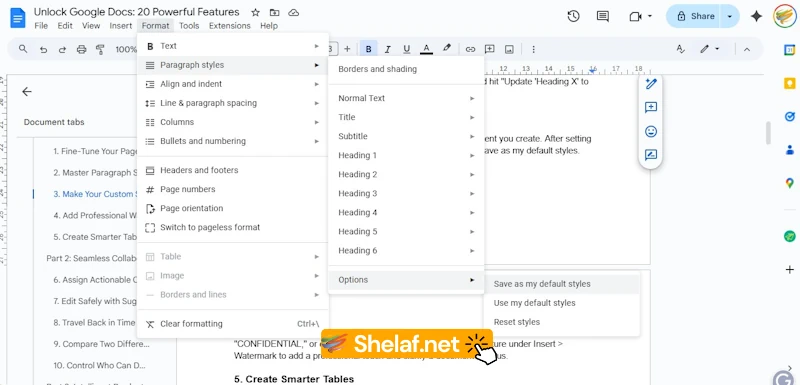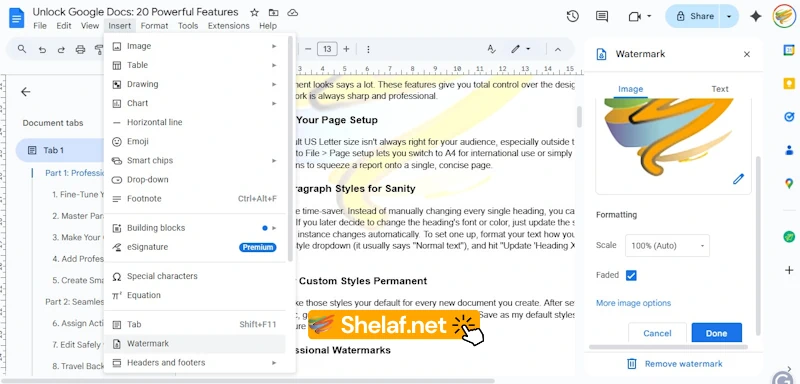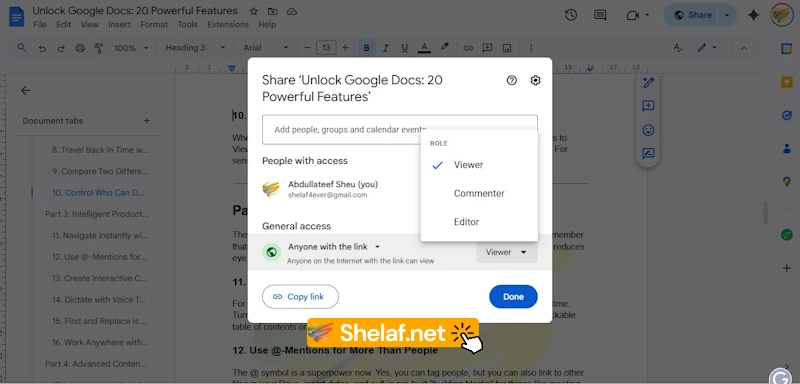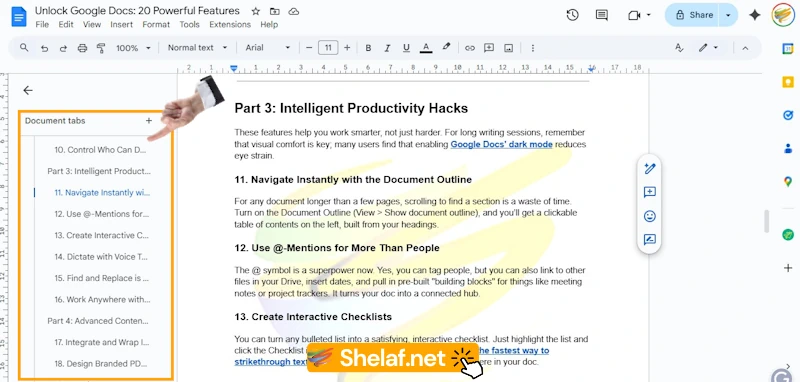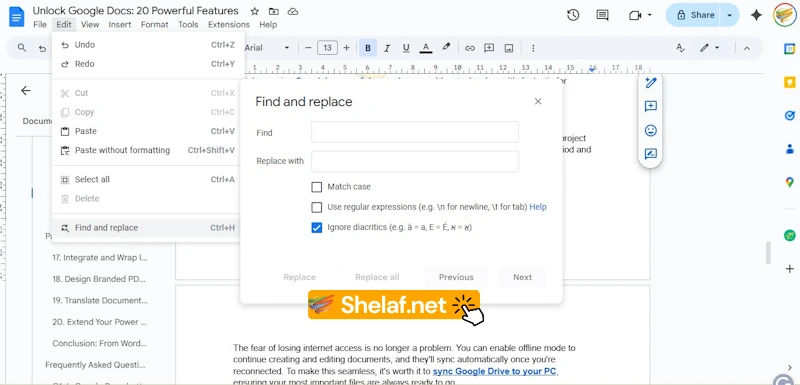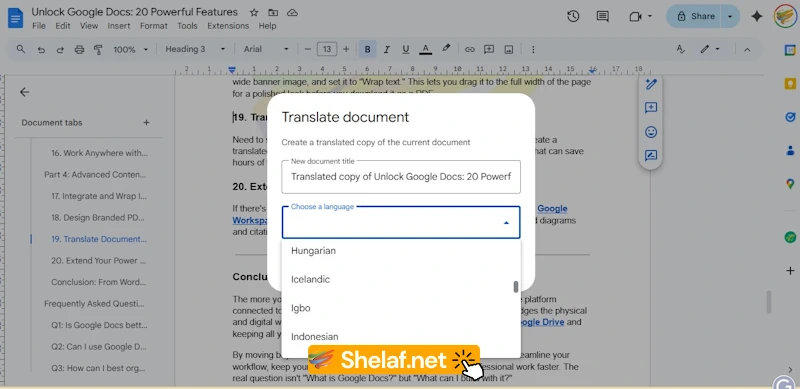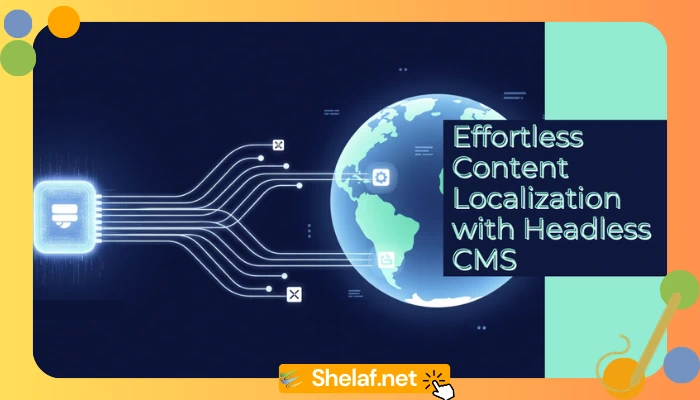Beyond the Blank Page: Why Mastering Google Docs Matters
Google Docs is the quiet hero of today’s digital workspace. While many see it as a simple, free alternative to Microsoft Word, its real power is hiding just beneath the surface. For any professional—whether you’re an e-commerce owner managing product copy or part of a team building a project proposal—learning its advanced features is a ticket to serious productivity gains.
Think about it: while apps like Shopify or Klaviyo run the front end of your business, the backend—where ideas are born and strategies are planned—needs a rock-solid system. This is where Google Workspace comes in, with Google Docs as its cornerstone for getting things written and done.
If you’re already a user, you’re probably just scratching the surface. This guide is designed to turn you from a casual user into a power user. We’ll explore 20 features that show Google Docs is more than a word processor; it’s a dynamic hub for creation, collaboration, and professional work.
Contents
Part 1: Professional Document Design & Formatting
How your document looks says a lot. These features give you total control over the design, ensuring your work is always sharp and professional.
1. Fine-Tune Your Page Setup
Your doc’s default US Letter size isn’t always right for your audience, especially outside the US. A quick trip to File > Page setup lets you switch to A4 for international use or simply adjust the margins to squeeze a report onto a single, concise page.
2. Master Paragraph Styles for Sanity
This is a massive time-saver. Instead of manually changing every single heading, you can define a “style.” If you later decide to change the heading’s font or color, just update the style once, and every instance changes automatically. To set one up, format your text how you like it, click the style dropdown (it usually says “Normal text”), and hit “Update ‘Heading X’ to match.”
3. Make Your Custom Styles Permanent
Even better, make those styles your default for every new document you create. After setting them up in a doc, go to Format > Paragraph styles > Options > Save as my default styles. Now all your future work will start with your brand’s built-in look.
4. Add Professional Watermarks
Need to give a document an official seal? You can stamp words like “DRAFT” or “CONFIDENTIAL,” or even your logo, behind the text. Find this feature under Insert > Watermark to add a professional touch and clarify a document’s status.
5. Create Smarter Tables
You can do much more than basic grids. Google Docs lets you create cleaner-looking tables by merging cells and customizing borders. The real game-changer for long tables, though, is pinning the header row. This keeps your column titles visible as you scroll down. Just right-click any table to see its properties, and look for the pin icon on the left to lock your headers in place.
Part 2: Seamless Collaboration & Review
Collaboration is where Google Docs truly shines. These features are why it’s become a staple for teams everywhere, making feedback and teamwork feel effortless. Digital tools like these are central to modern team productivity, and mastering them is key.
6. Assign Actionable Comments
Don’t just leave notes—assign tasks. When you comment, use the @ symbol to tag a team member and check the “Assign” box. They’ll get an email notification, and you can track the task as a to-do item right inside the document.
7. Edit Safely with Suggestion Mode
Ever worry about overwriting someone’s work? Before you start editing, switch from “Editing” mode to “Suggesting” in the top-right corner. Now, your changes appear as tracked suggestions that the document owner can approve or reject one by one. It’s the safest way to give feedback.
8. Travel Back in Time with Version History
If you’ve ever accidentally deleted a crucial paragraph, this one’s for you. Version History is a complete, time-stamped archive of every change made to your doc. You can see who changed what and when and restore any previous version with a single click. Find it under File > Version history.
9. Compare Two Different Documents
This is a powerful and often overlooked tool. Google Docs can automatically compare two different documents and create a third one showing you every single change between them. It’s invaluable for contract revisions or legal work where every comma matters. Go to Tools > Compare documents to try it.
10. Control Who Can Do What with Sharing
When you hit that “Share” button, you have precise control. You can set permissions to Viewer (view-only), Commenter (can suggest and comment), or Editor (full control). For sensitive files, you can even set an expiration date for someone’s access.
Part 3: Intelligent Productivity Hacks
These features help you work smarter, not just harder. For long writing sessions, remember that visual comfort is key; many users find that enabling Google Docs’ dark mode reduces eye strain.
11. Navigate Instantly with the Document Outline
For any document longer than a few pages, scrolling to find a section is a waste of time. Turn on the Document Outline (View > Show document outline), and you’ll get a clickable table of contents on the left, built from your headings.
12. Use @-Mentions for More Than People
The @ symbol is a superpower now. Yes, you can tag people, but you can also link to other files in your Drive, insert dates, and pull in pre-built “building blocks” for things like meeting notes or project trackers. It turns your doc into a connected hub.
13. Create Interactive Checklists
You can turn any bulleted list into a satisfying, interactive checklist. Just highlight the list and click the Checklist icon in your toolbar. Beyond lists, mastering the fastest way to strikethrough text is great for showing completed tasks anywhere in your doc.
14. Dictate with Voice Typing
Sometimes it’s faster to talk than to type. Voice Typing transcribes your spoken words into text, leveraging Google’s powerful speech-recognition technology. It’s fantastic for brainstorming or as an essential accessibility tool. Find it under Tools > Voice typing.
15. Find and Replace is Your Best Friend
This classic tool is perfect for surgical edits. Use it to fix a recurring typo or update a project name throughout a long document. Pro tip: Use it to find all double spaces after a period and replace them with a single space for clean, modern typography.
16. Work Anywhere with Offline Mode
The fear of losing internet access is no longer a problem. You can enable offline mode to continue creating and editing documents, and they’ll sync automatically once you’re reconnected. To make this seamless, it’s worth it to sync Google Drive to your PC, ensuring your most important files are always ready to go.
Part 4: Advanced Content & Functionality
Take your documents to the next level by integrating rich media and tapping into extended features.
17. Integrate and Wrap Images Like a Pro
Don’t just drop images in; make them part of the design. When you click an image, a small menu appears that lets you choose “Wrap text.” This allows text to flow naturally around the image, creating a professional, newsletter-style layout.
18. Design Branded PDFs with Header Banners
You can easily turn a plain doc into a branded PDF. Double-click the header area, insert a wide banner image, and set it to “Wrap text.” This lets you drag it to the full width of the page for a polished look before you download it as a PDF.
19. Translate Documents Instantly
Need to share a document with international colleagues? Google Docs can create a translated copy of your entire file in over 100 languages. It’s a solid first pass that can save hours of work. The option is under Tools > Translate document.
20. Extend Your Power with Add-ons
If there’s a feature you wish Docs had, it might exist as an add-on. Browse the Google Workspace Marketplace to find and install tools for everything from advanced diagrams and citations to signing documents.
Conclusion: From Word Processor to Productivity Hub
The more you use Google Docs, the more you realize it’s a deeply capable platform connected to the entire Google Drive ecosystem. This ecosystem even bridges the physical and digital worlds, letting you scan documents as PDFs directly with Google Drive and keeping all your assets in one place.
By moving beyond basic typing and embracing these features, you can streamline your workflow, keep your branding consistent, and produce more professional work faster. The real question isn’t “What is Google Docs?” but “What can I build with it?”
Frequently Asked Questions (FAQ)
Q1: Is Google Docs better than Microsoft Word?
They excel in different areas. Google Docs is the king of real-time, cloud-based collaboration. Word often has more powerful offline features for complex formatting and is an industry standard in many corporate offices. The best choice depends on whether your work is primarily collaborative and online.
Q2: Can I use Google Docs for professional business documents?
Absolutely. By using features like paragraph styling, header banners, watermarks, and exporting to PDF, you can produce highly professional reports, proposals, and contracts. Its collaboration tools also make it perfect for the review and approval process.
Q3: How can I best organize my work in Google Docs?
Organization happens on two levels. Inside a doc, use the Document Outline to keep things structured. Outside the doc, use a clear folder system in Google Drive for your projects. Adopting a consistent file naming convention (e.g., “ProjectName_DocumentType_Date”) also makes everything much easier to find later.

